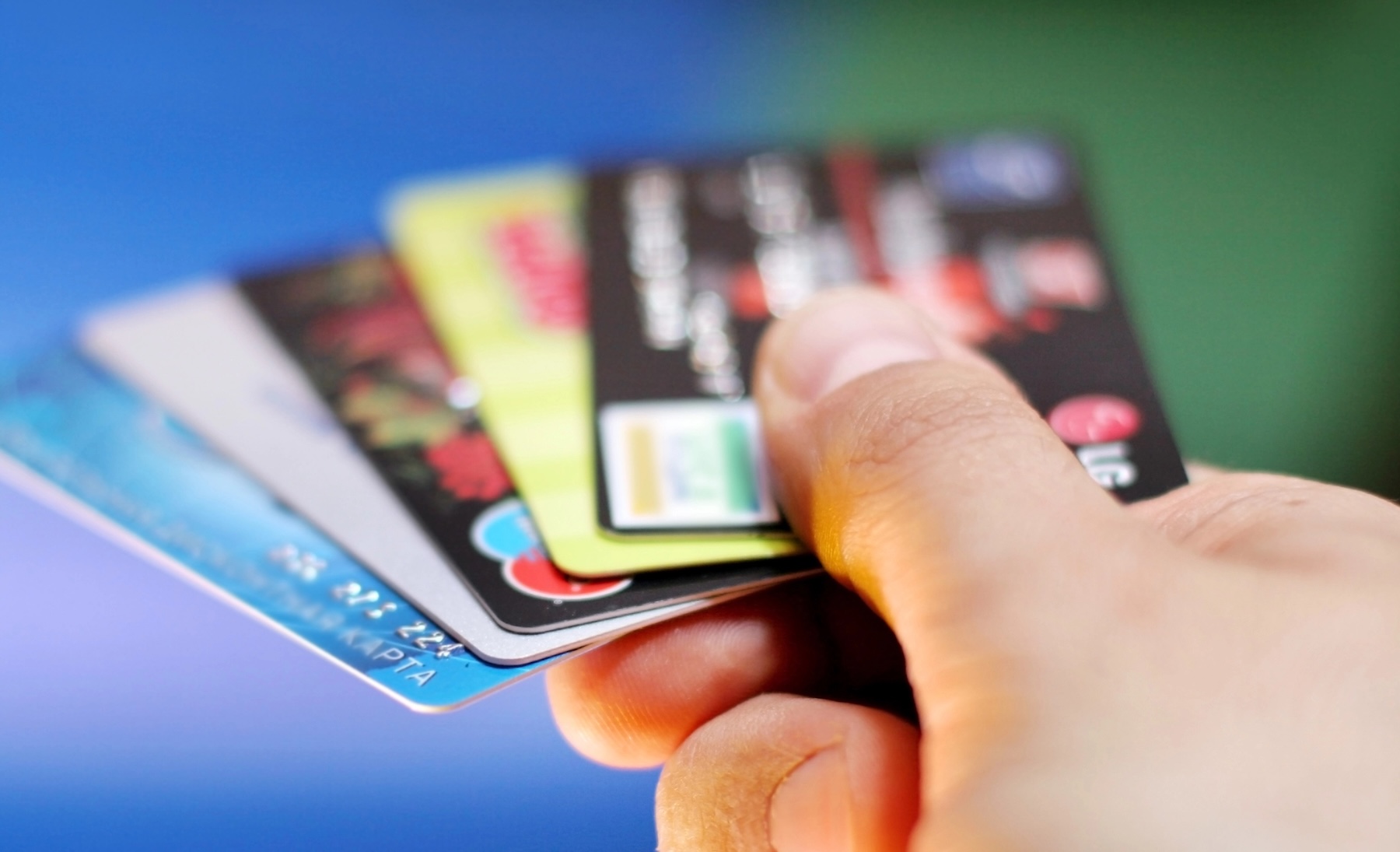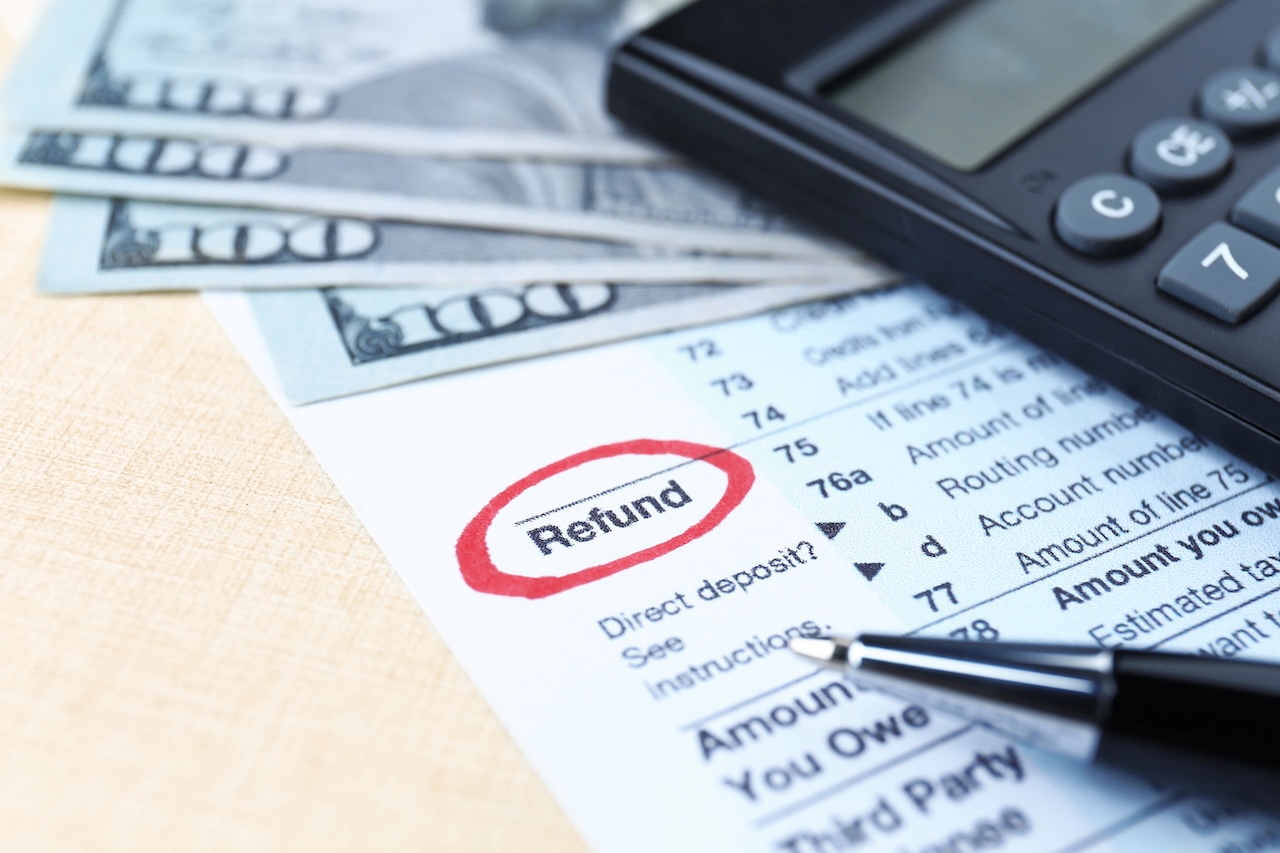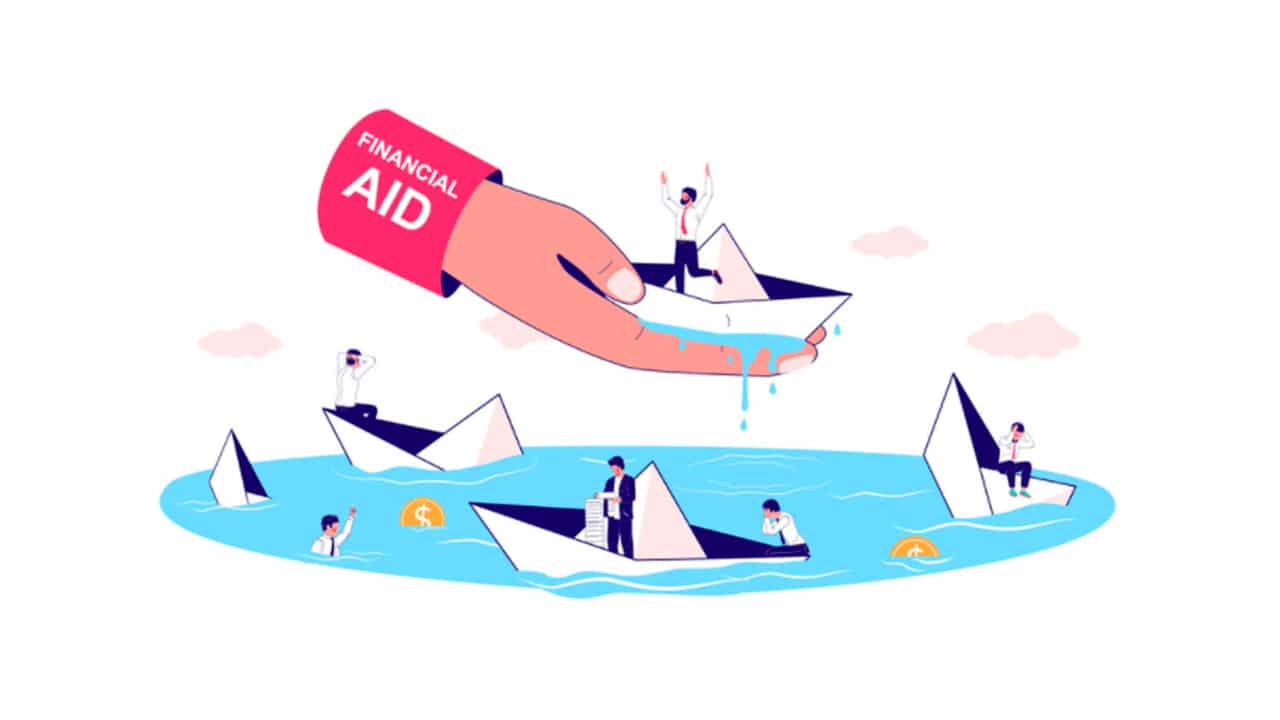Subprime Credit Card Delinquencies Drop For Second Month


After nearly two years of rising credit card delinquencies, recent data from the Federal Reserve shows a shift. As of January 2025, subprime delinquency rates have fallen for the second straight month. These rates had climbed significantly since March 2022, when interest rate hikes began.
This decline is notable because it bucks the broader trend of consumer debt distress. For example, since the restart of credit reporting for student loans, delinquency rates have surged causing borrowers to see big hits on their credit reports.
The recent improvement in credit card delinquencies is appeared to be linked to two things: a decline in credit card purchases and a decrease in average interest rates charged to subprime borrowers. Both suggest that demand for credit card debt may be cooling.
During the 2022–2024 tightening cycle, average annual percentage rates (APRs) on subprime credit cards jumped sharply. Subprime borrowers (those with credit scores below 670) routinely paid higher rates than prime borrowers, but the gap grew even wider over the last two years.
New data shows that subprime APRs have started to decline since late 2024, falling at a faster pace than those offered to prime borrowers. This narrowing rate gap could be the result of weaker demand among subprime users, or improved lending conditions for banks.
At the same time, the growth in subprime credit card purchases has also declined. In fact, it turned negative in early 2025, meaning subprime borrowers are spending less on credit overall. This drop in demand could be pushing lenders to offer lower rates in an attempt to attract more users.
Related: Best First Credit Cards For Students
While subprime credit card data shows signs of relief, student loan borrowers are facing a more difficult outlook. The return of monthly payments in late 2023 and credit reporting in 2024, after a multi-year pause, has coincided with a rise in delinquencies.
Federal student loan borrowers now face multiple stress points. Interest has resumed, inflation remains elevated, and the Department of Education has experienced a pause and backlogs with income-driven repayment processing. Unlike credit card users, borrowers cannot control interest rates or pause payments as easily, which makes falling behind more likely.
The contrast in trends has caught the attention of economists, who are watching closely to determine whether the drop in credit card delinquencies is sustainable or temporary.
For lenders, the drop in subprime credit card delinquencies could be a sign that recent losses may stabilize. If borrowers are using credit less and managing balances, defaults could slow. However, using credit less could be a sign of slowing consumer spending, which is a concern for the overall economy.
For households, the picture is more complicated. Falling use of credit cards among subprime borrowers may reflect caution, or it may signal that tighter budgets have forced families to pull back. Either way, a lower delinquency rate does not necessarily mean conditions have improved. It may just mean fewer people are willing, or able, to borrow.
It’s also unclear whether this change will hold. If inflation remains high or job losses increase, even the modest recovery seen in credit card repayment could unravel.
Don’t Miss These Other Stories:

Tax refunds in early 2026 could be $1,000 to $2,000 larger for many households due to retroactive tax law changes....

Why does it feel like large companies always get the upper hand? Maybe it’s the long contracts with fine print,...

What can you do if you can’t afford college? Maybe the financial aid award wasn’t enough, or you only want...